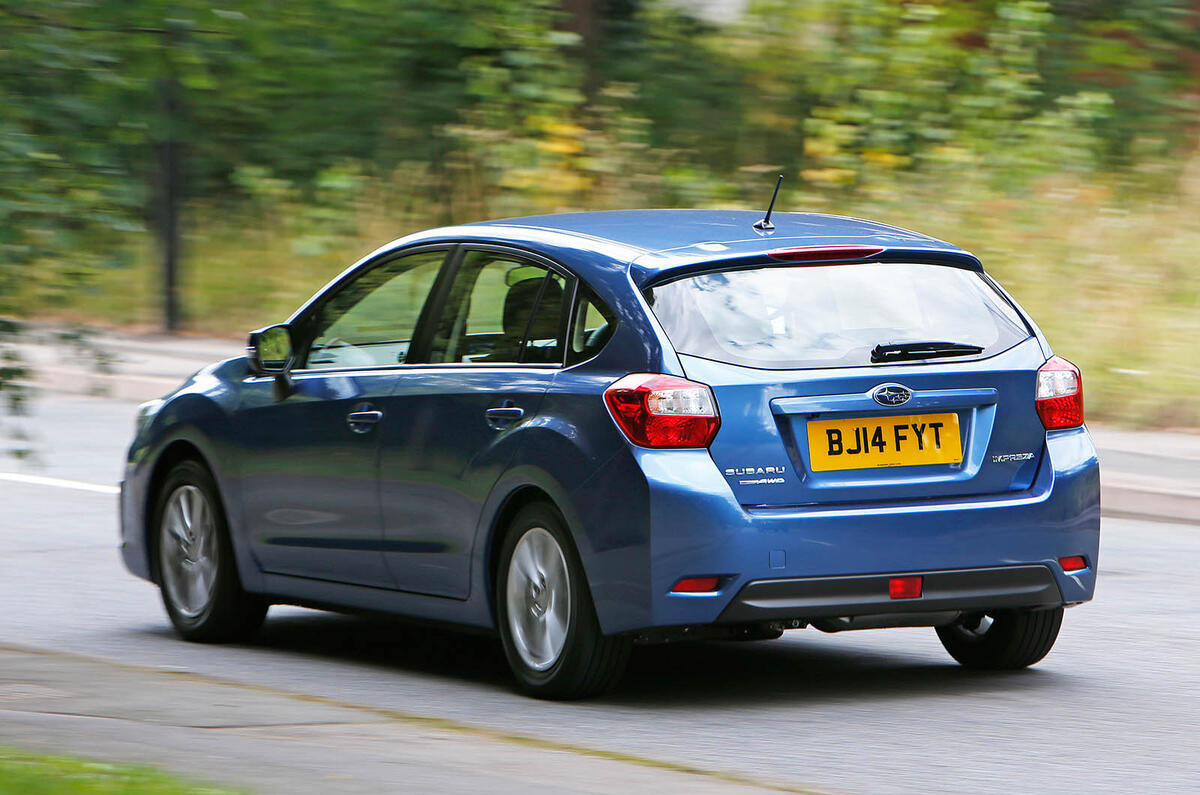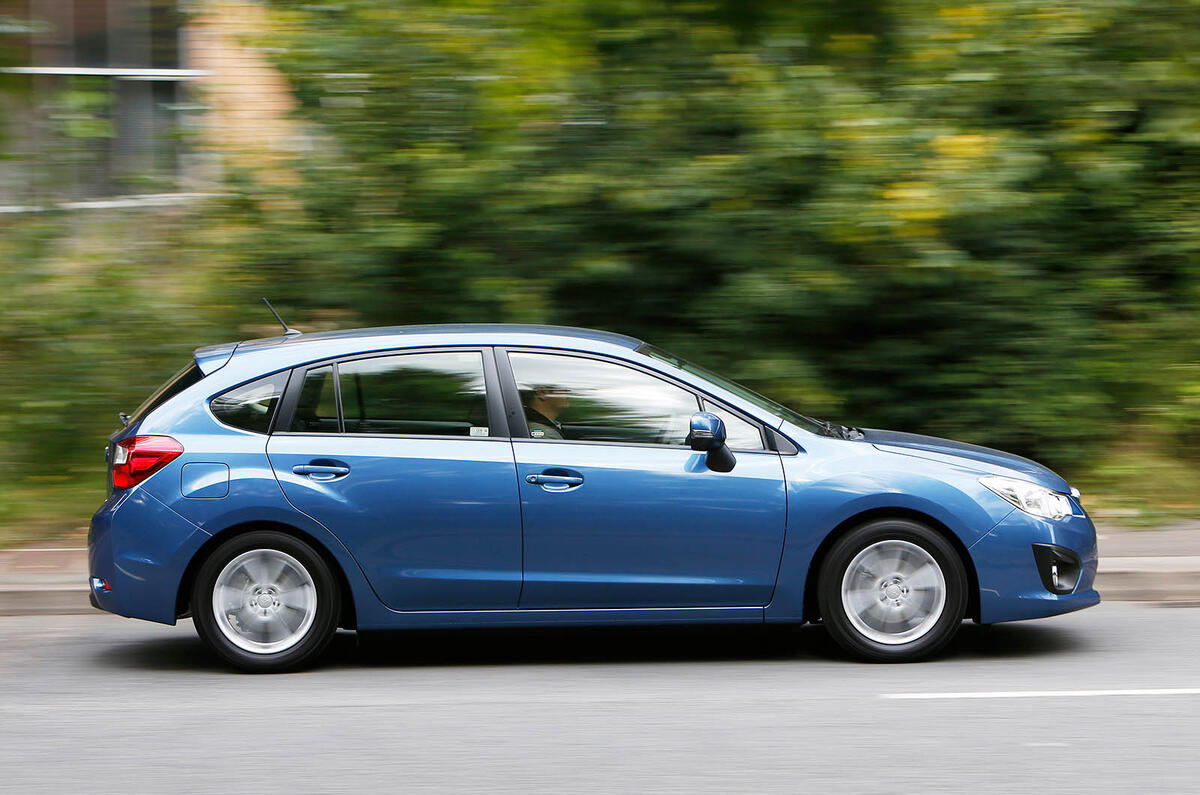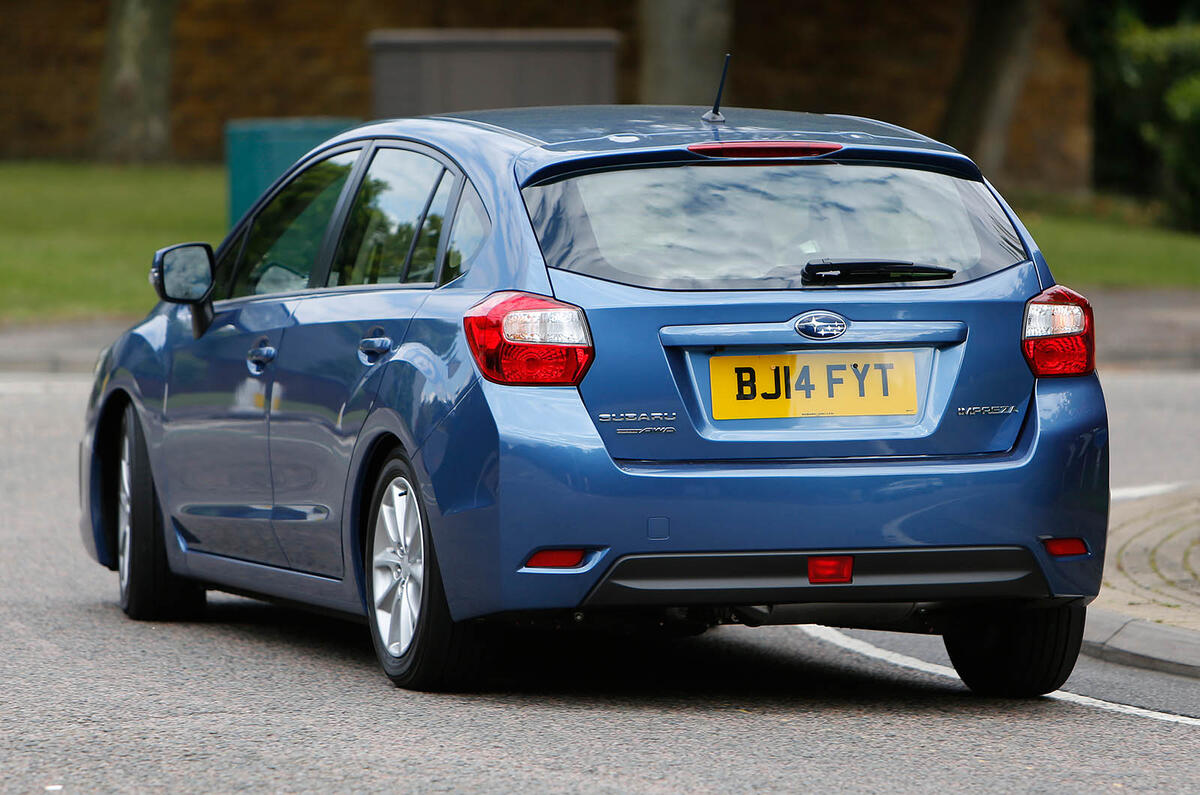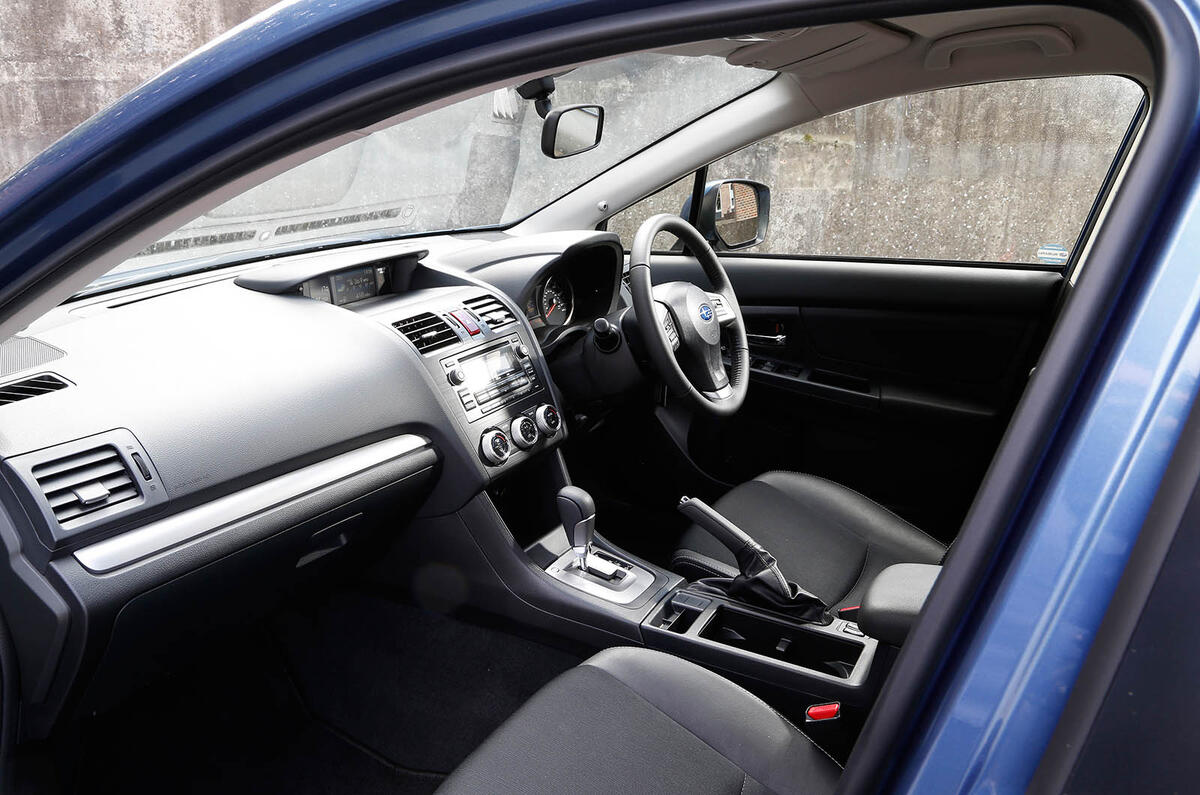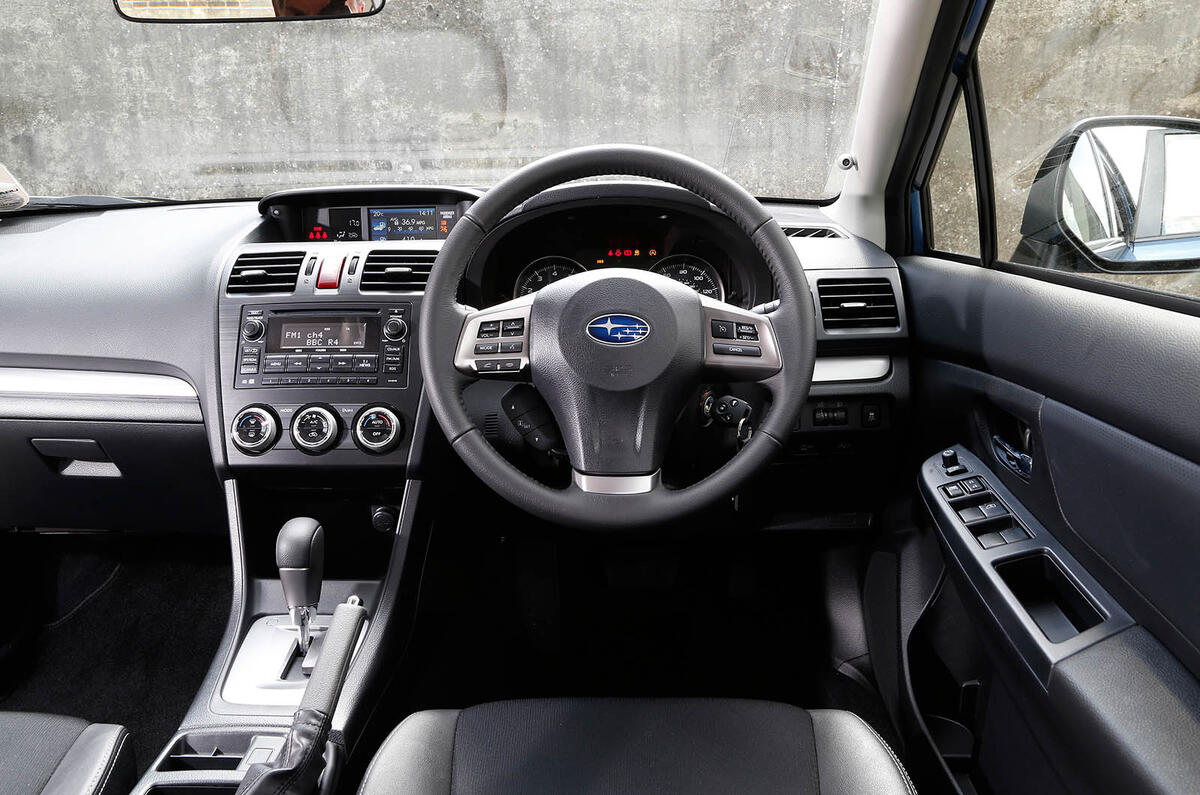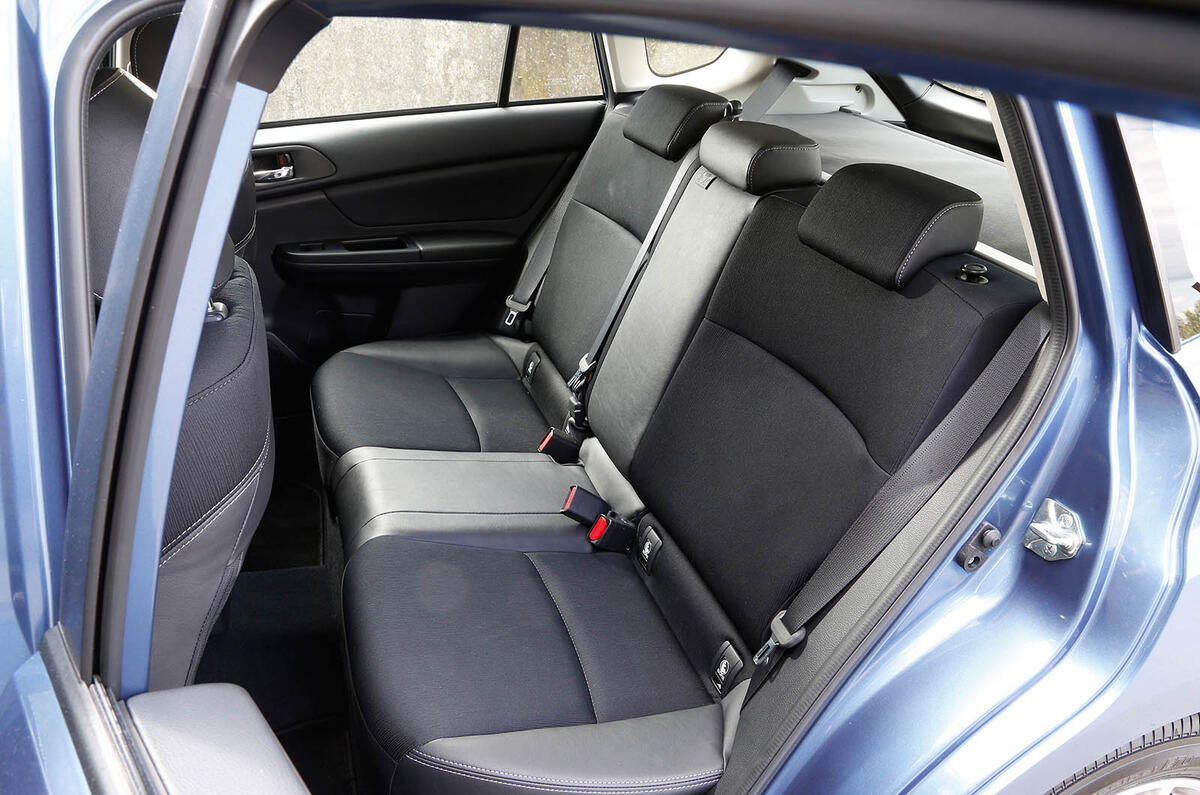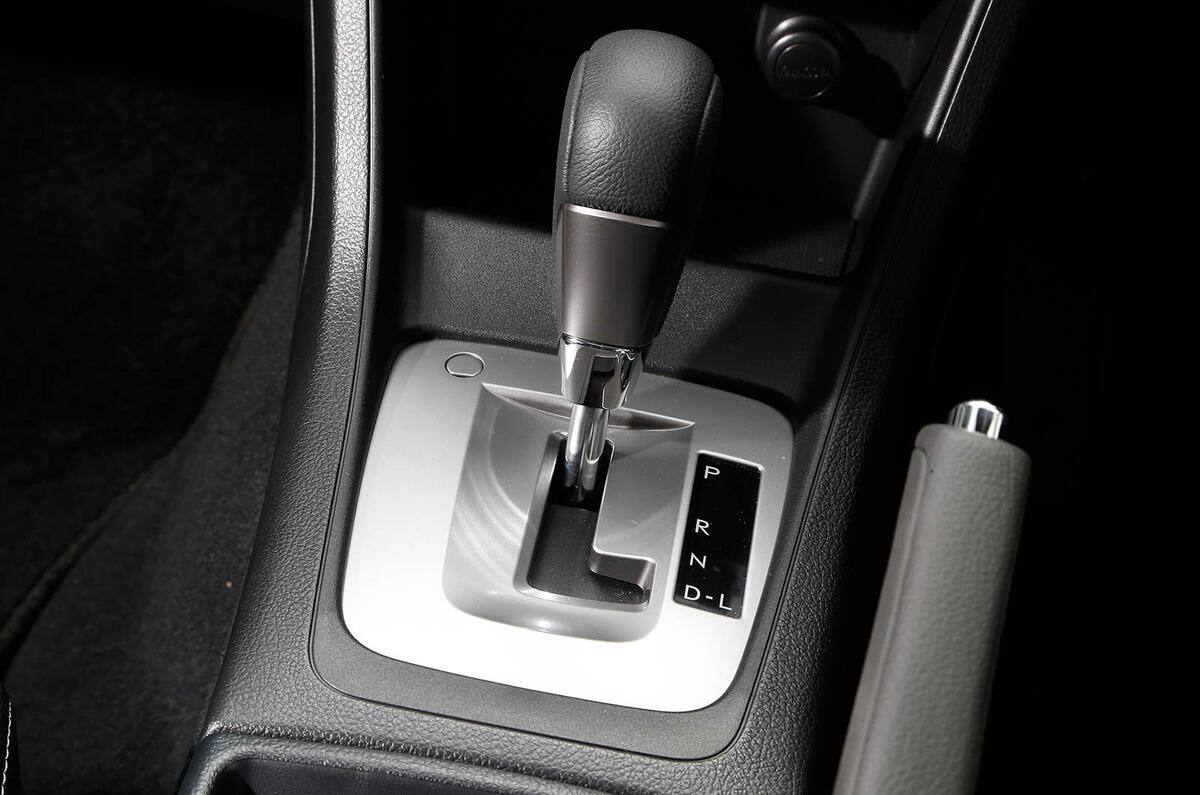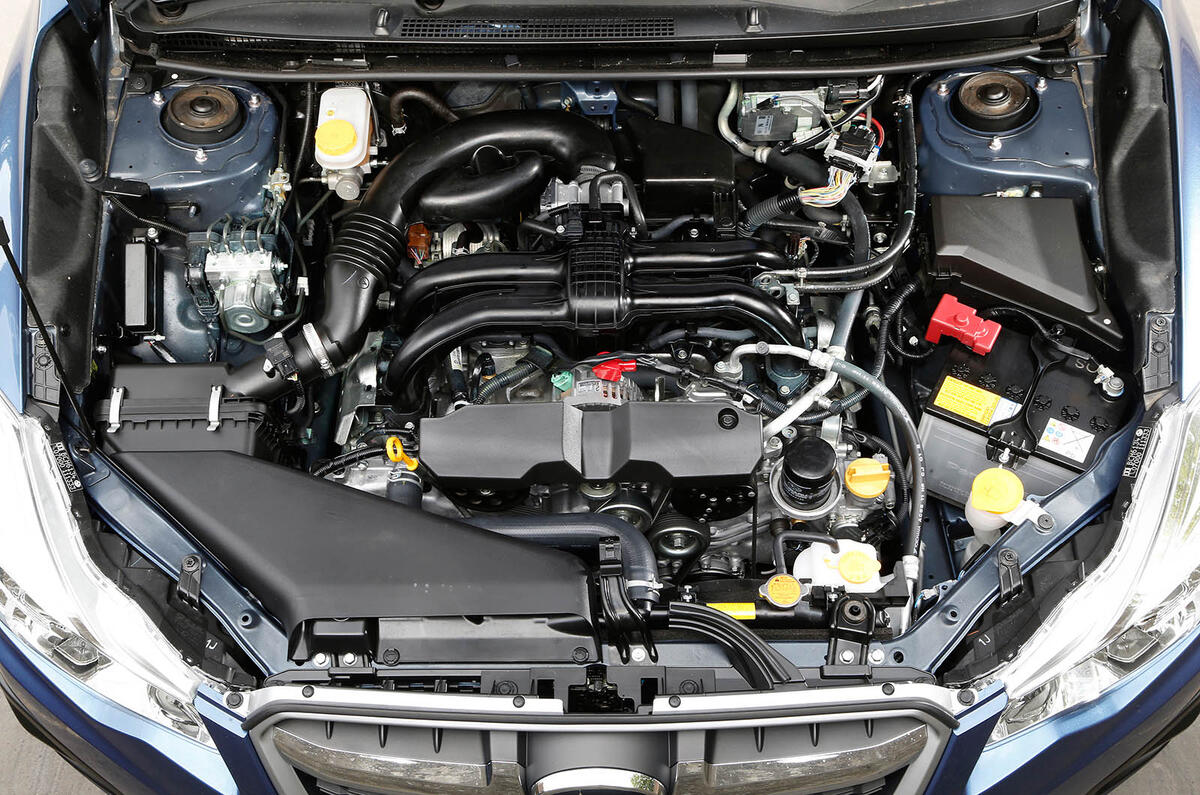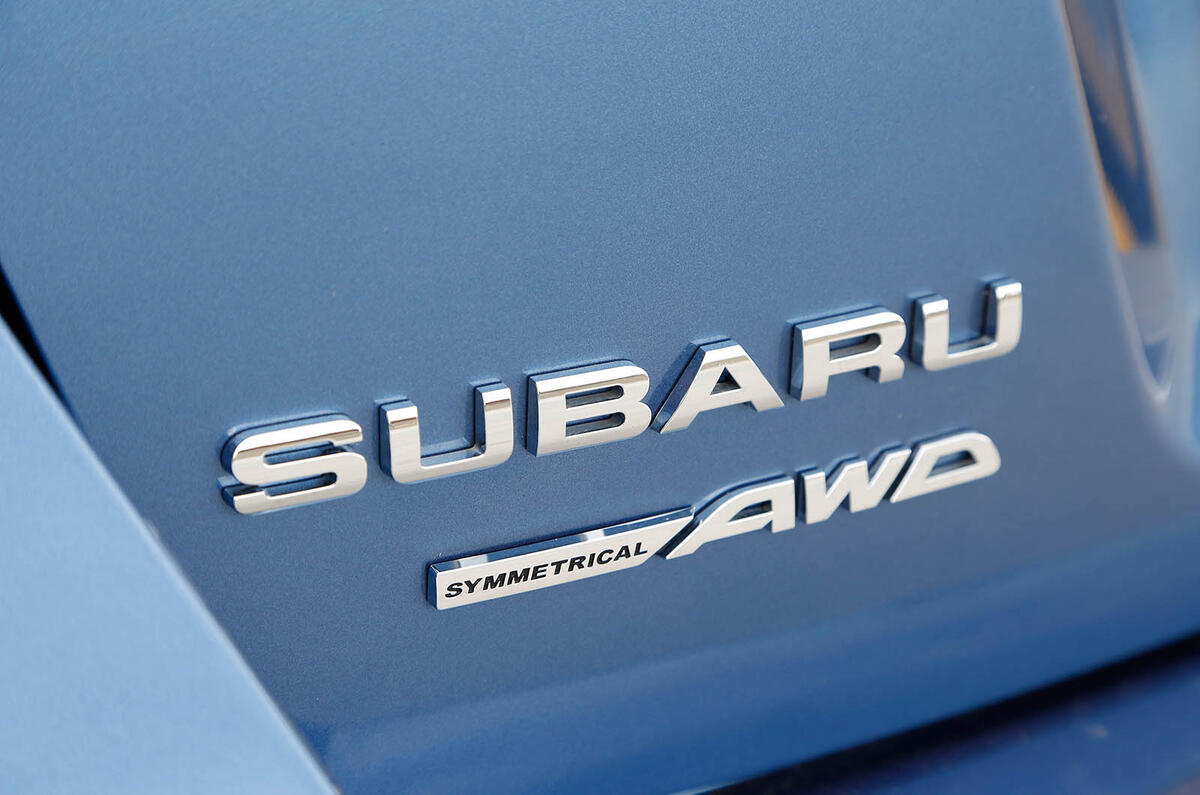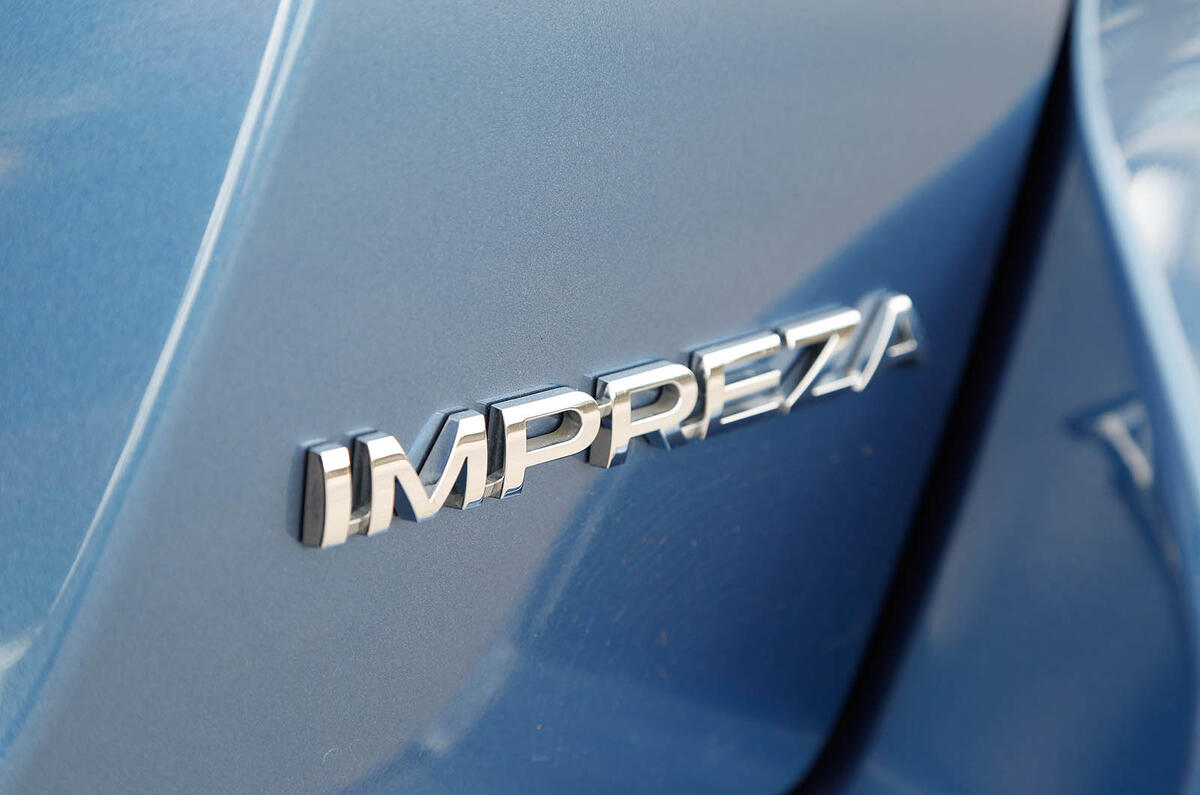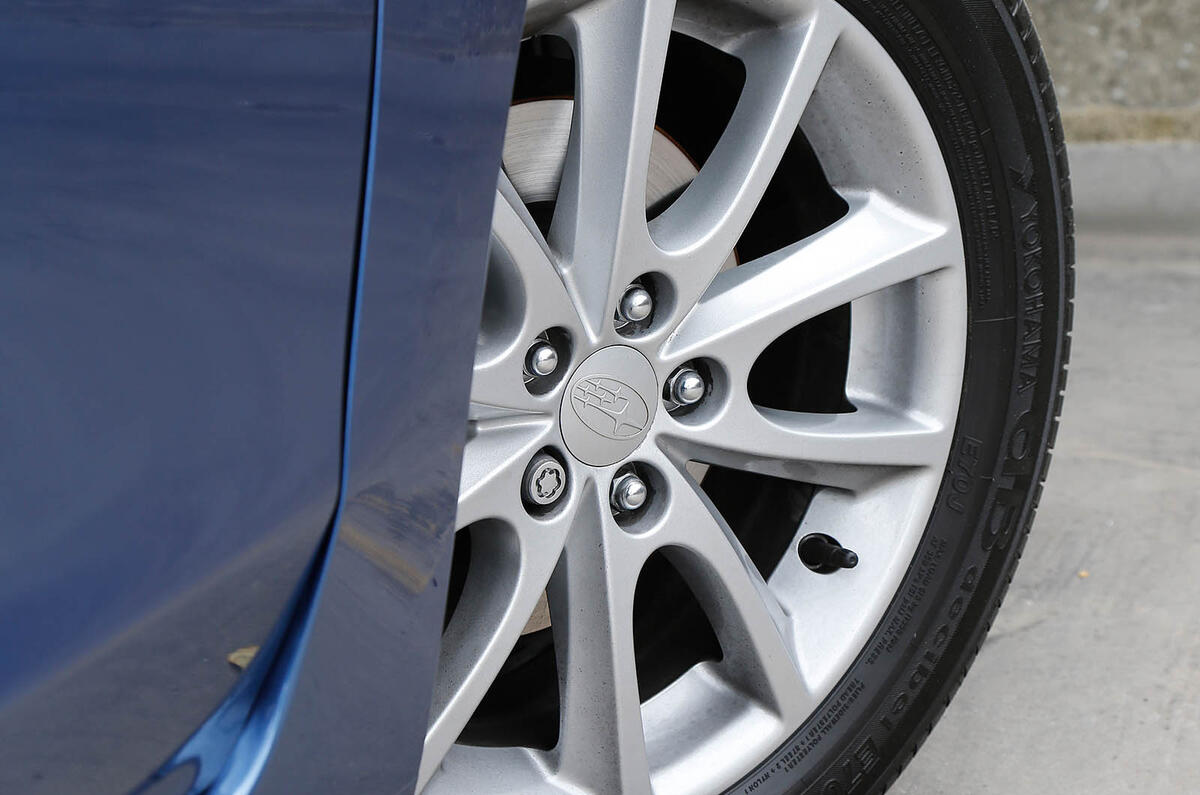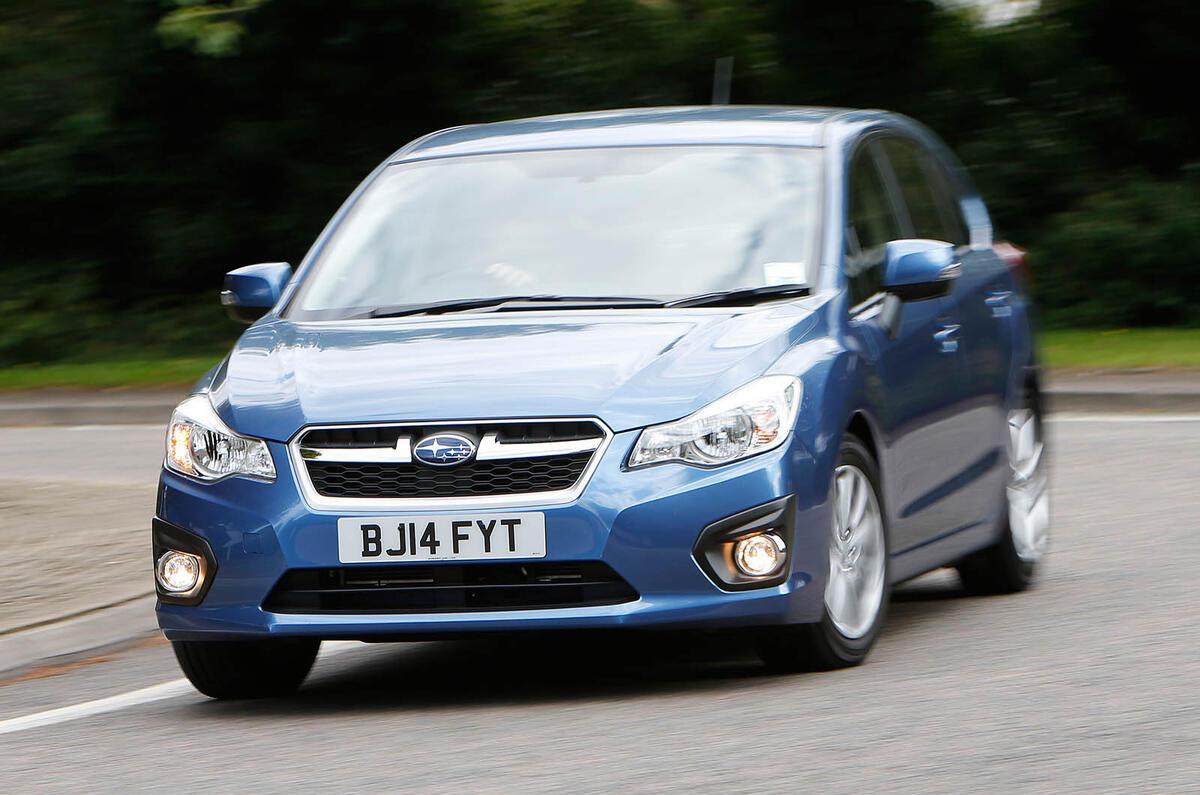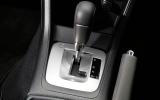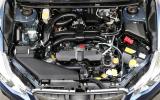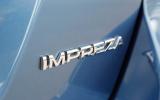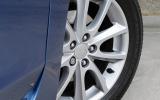This is the new Subaru Impreza hatchback. It’s the same car that was launched in Japan at the end of 2012, but hasn’t pitched up here until now as the UK importer has been battling unfavourable exchange rates.
The Yen vs sterling situation is now sorted, though, and so here is the more humdrum hatch. Two versions are available, both using the same 112bhp 1.6-litre flat-four engine but equipped with either a five-speed manual transmission or a CVT, dubbed Lineartronic.
Subaru hasn’t forgotten about the WRX STI, which is now a standalone model.
Prices start at a commendable £17,495 for the Impreza RC in manual form, rising to £18,995 for the CVT, which has slightly more favourable CO2 emissions and better official fuel economy at 140g/km and 46.3mpg respectively versus the manual’s 147g/km and 44.1mpg. The one trim level is pretty well appointed, with dual-zone climate control, auto wipers, cruise control, Bluetooth, rear parking camera, seven airbags and heated front seats all part of the package.
It's the CVT version we've tested here. A lack of other engine choices means the Impreza immediately appears hobbled compared to the choices available on direct rivals such as the Ford Focus, Vauxhall Astra and Volkswagen Golf.
Yet it does go into battle with some traditional Subaru signatures. For example, its petrol engine sends its power to all four wheels – a rather exotic attribute for a sub-£20k hatchback.



